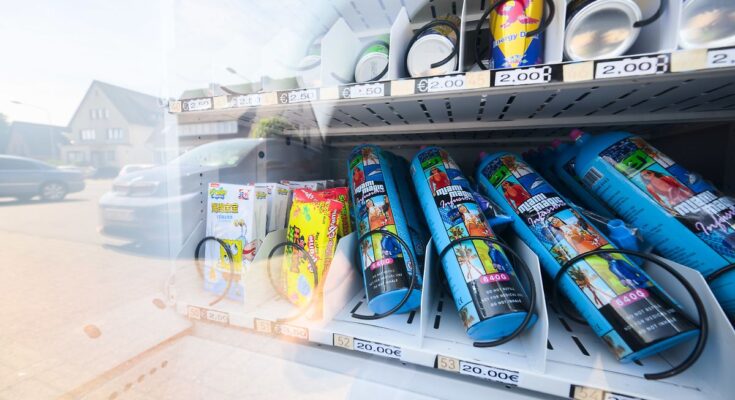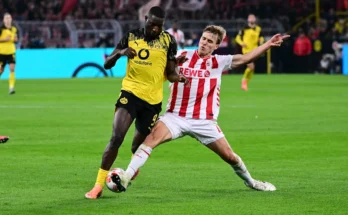questions and answersWhat is the impact of banning the use of laughing gas and knockout drops?
Nitrous oxide has become a risky and often easy to obtain recreational drug. Now the Bundestag is implementing legal obstacles.
So far, they have been fairly easy to find in shops, kiosks and vending machines – cartridges filled with laughing gas, which is increasingly popular as a party drug. To protect children and teenagers in particular from health risks, this must stop. The Bundestag passed a bill from Health Minister Nina Warken with bans and restrictions – as well as for “knockout drops” used by sex offenders.
Where is the problem?
CDU politician Warken said industrial chemicals deemed harmless should no longer be misused. “Laughing gas is not a harmless game or party drug, but rather poses a high risk to health.” The consequences can include loss of consciousness and permanent damage to the nervous system. Consumers often inhale laughing gas, namely nitrous oxide (N2O), as a euphoric substance through balloons. If consumed directly from the cartridge, cooling it can cause frostbite and lung tissue injury due to gas pressure.
What is regulated by the law regarding laughing gas?
The aim is to prevent availability which has been quite easy. Nitrous oxide and its preparations in cartridges with a capacity of more than 8.4 grams are subject to the “handling ban” of the new psychoactive substances law. Purchase and possession by minors is also expressly prohibited. Distribution to private consumers via vending machines and mail order is generally prohibited. Later, adults will be allowed to buy a maximum of ten bullets weighing 8.4 grams per purchase.
Are there any exceptions?
Because the chemical is also used for other purposes, there are exceptions to the sales ban. For nitrous oxide, cartridges with a capacity of up to 8.4 grams should remain on the market, which are used, for example, to froth whipped cream. This also applies to ready-made spray creams. The Union and SPD slightly increased the originally planned limit of exactly 8 grams in consultation. This is intended to account for fluctuations in fill quantities and also reduce implementation effort for manufacturers.
What do police and medical experts say?
Police unions generally welcomed the proposed law. The fact that consumption of nitrous oxide has increased massively, especially in the disco world, one reason is its previously unregulated availability. But unions also believe that a nationwide education offensive is necessary. And it is questionable whether the permissible amount of filling is low enough – it is roughly equal to the volume of a balloon and could easily be misused for consumer purposes. The German Medical Association therefore called for a limit on the amounts distributed and also called for a ban on all forms of advertising and sponsorship.
What happened to the knockout drop?
There will also be restrictions on the chemicals gamma-butyrolactone (GBL) and 1,4-butanediol (BDO). They are known as knockout drops that can be added to drinks. After a few minutes, the victim becomes dizzy and loses consciousness. The perpetrator uses his time for sexual crimes or robbery. Federal Drug Commissioner and CDU politician Hendrik Streeck spoke of “targeted means of chemical violence”. Marketing, trade and production of both substances is now prohibited.
What is next?
The legislation now goes to the Federal Council, which is expected to discuss it at its December 19 meeting. A transition period is planned for three months after the announcement – to prepare for changes in retail and vending machines. The new regulations are expected to come into effect in April 2026, as explained by the ministry. Because implementation was delayed after the breakup of the traffic light coalition, which had similar plans, there are already regional and local bans on nitrous oxide.



